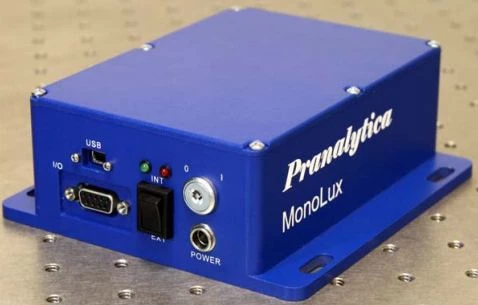Description
The MonoLux Tunable Quantum Cascade Laser System is an advanced laser solution designed for precise wavelength tuning and reliable performance in various environments. This system is centered around a single Quantum Cascade Laser (QCL), offering a wavelength coverage of ±5% around the center wavelength, with broader tuning ranges available as an option. The laser head, which houses the QCL and collimating optics, is meticulously sealed to ensure trouble-free operation in real-world conditions. The MonoLux system is delivered as a complete package, including the laser head and a laptop-based operating system, ready to be deployed at the customer's location.
Operating in a quasi-CW mode, the MonoLux emits 200-500 ns pulses at a repetition rate of approximately 500 kHz to 2 MHz, achieving a duty cycle of around 50%. This configuration allows the QCL to deliver an average power output exceeding 500 mW at the center of its tuning curve, contingent on the selected center wavelength. For applications requiring continuous wave (CW) operation, the system can be configured to a 100% duty cycle. The MonoLux's design includes passive cooling, eliminating the need for fans and ensuring quiet operation.
The MonoLux-AA variant further enhances the system's capabilities with user-specified center wavelengths ranging from 3.8 µm to 10.2 µm. The system's output spectrum is tunable over the gain bandwidth of the QCL, with a tuning speed of 100 ms for the entire range. Users can perform continuous and repeated scans, or step and scan to any wavelength within the tuning range via the laptop's operating program. The power output remains stable with ±3% pulse-to-pulse and ±2% average power stability over hours of operation. The system's output beam is collimated with a beam divergence of less than 5 mrad, ensuring nearly diffraction-limited beam quality.
With a compact design measuring 12 cm in width, 4.5 cm in height, and 13 cm in depth, and weighing less than 0.5 kg, the MonoLux system is highly portable. It interfaces with a computer via USB, requiring a Windows XP or later operating system with USB 2.0 support. Optional features include a guiding beam for optical alignment, enhancing the system's usability and precision in demanding applications.
Tunable Monolux Quantum Cascade Laser at 6.8um
Specifications
| Output Power (avg): | 0.5 W |
|---|---|
| Wavelength: | 6.8 um |
| Pulse Duration: | 50 – 500 ns |
| Tuning Range Around Center Wavelength: | >= 300nm |
| Wavelength Range: | um |
| Rep Rate Range: | MHz |
Features
- Tunable Quantum Cascade Laser System: MonoLux is a wavelength tunable external grating cavity quantum cascade laser system, offering wavelength coverage of ±5% around the center wavelength. Broader tuning ranges are available optionally.
- Operation Modes:
- QCW Operation: 200-500 ns pulses with a repetition rate of ~500 kHz to 2 MHz, achieving a duty cycle of ~50%.
- Optional CW Operation: Achieved by selecting 100% duty cycle.
- Wavelength Options: User-specified center wavelengths available at 3.8 µm, 4.1 µm, 4.5 µm, 4.8 µm, 6.3 µm, 6.8 µm, 7.3 µm, 8.5 µm, 9.5 µm, and 10.2 µm.
- Tuning Features:
- Tuning Speed: 100 ms for the entire tuning range.
- Tuning Modes: Continuous and repeated scans, step and scan to any wavelength within the tuning range.
- Power Output: Average power output of 500 mW at the center of each QCL tuning curve for a duty cycle of ~50%, with stability of ±3% pulse-to-pulse and ±2% average power over hours.
- Cooling: Passively cooled for quiet operation.
- Guiding Beam: Optional red 640 nm, 4 mW laser aligned with IR beams to assist optical arrangement.
Applications
- Scientific Research: Ideal for spectroscopy applications in fields such as chemistry, biology, and environmental science due to its precise wavelength tuning capabilities.
- Industrial Process Monitoring: Can be used for real-time monitoring of industrial processes by detecting specific gas emissions or chemical reactions.
- Medical Diagnostics: Suitable for non-invasive diagnostic applications, including breath analysis and tissue imaging, thanks to its tunable infrared laser capabilities.
- Security and Defense: Useful in remote sensing and detection of hazardous substances or explosives, providing critical data in security operations.
- Material Analysis: Enables detailed analysis of material compositions and properties through infrared spectroscopy.
- Environmental Monitoring: Effective for monitoring air quality and detecting pollutants or greenhouse gases in the environment.
- Semiconductor Manufacturing: Assists in process control and quality assurance by analyzing chemical compositions in semiconductor fabrication.
- Laser Development and Research: Offers a platform for developing and testing new laser technologies and applications.
Frequently Asked Questions
What is the MonoLux Quantum Cascade Laser system?
What is the duty cycle of the QCL?
What is the average power output of the QCL?
What are the available center wavelengths for the MonoLux?
What is the cooling system of the MonoLux?
Similar Products
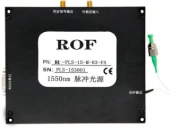
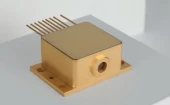

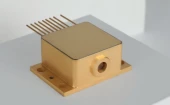

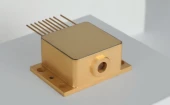

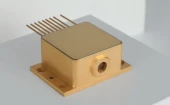

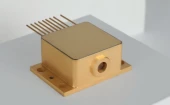

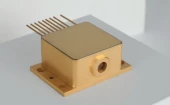
Your inquiry has been received.
Create an account by adding a password
Why create an account?
- Auto-complete inquiry forms
- View and manage all your past messages
- Save products to your favorites
- Close your account anytime — no hassle
